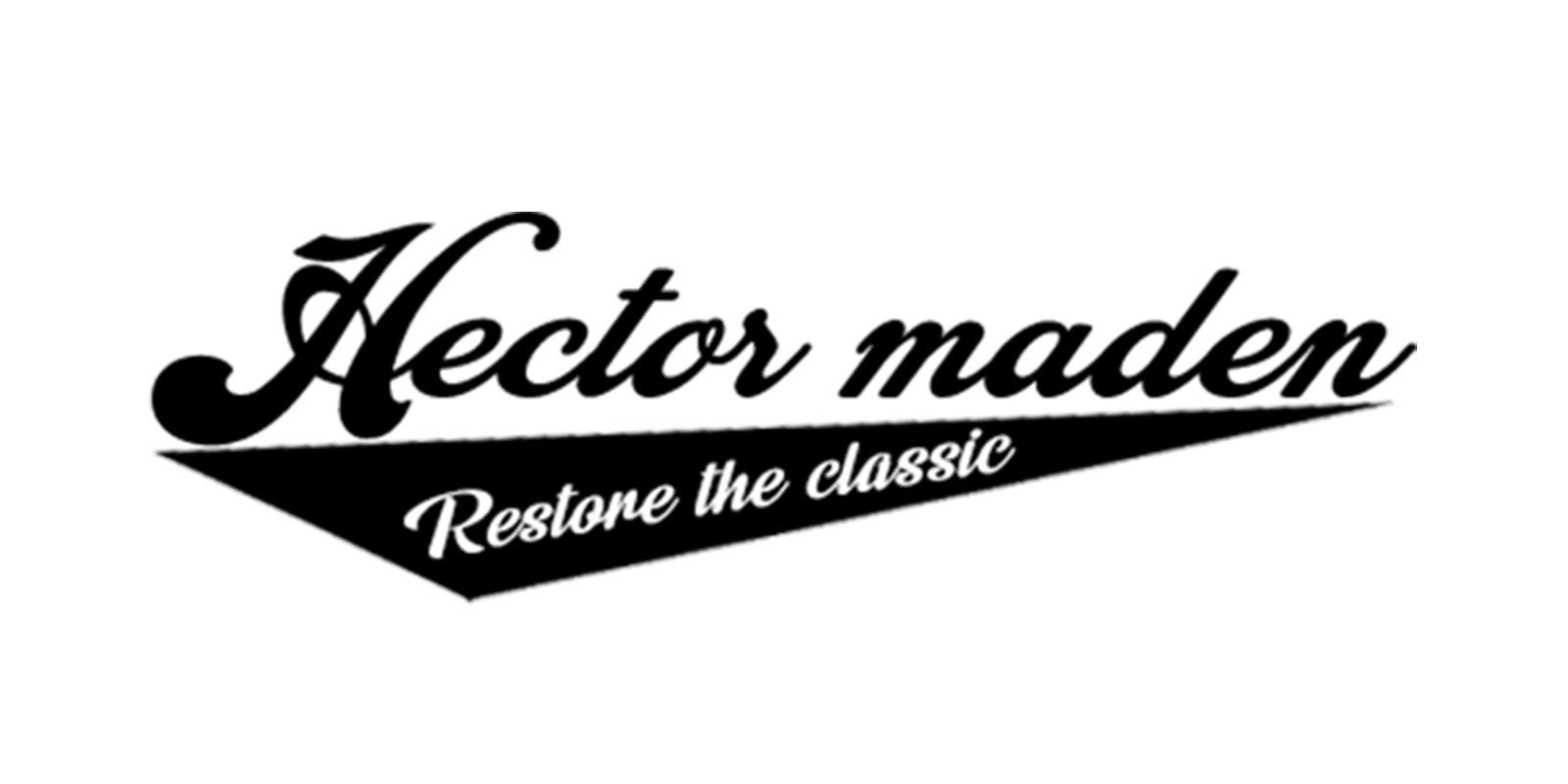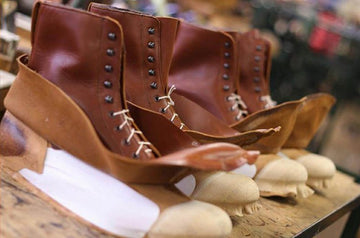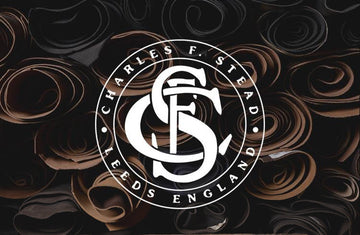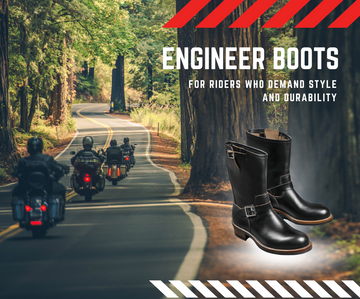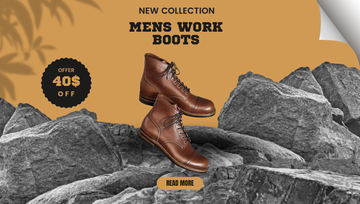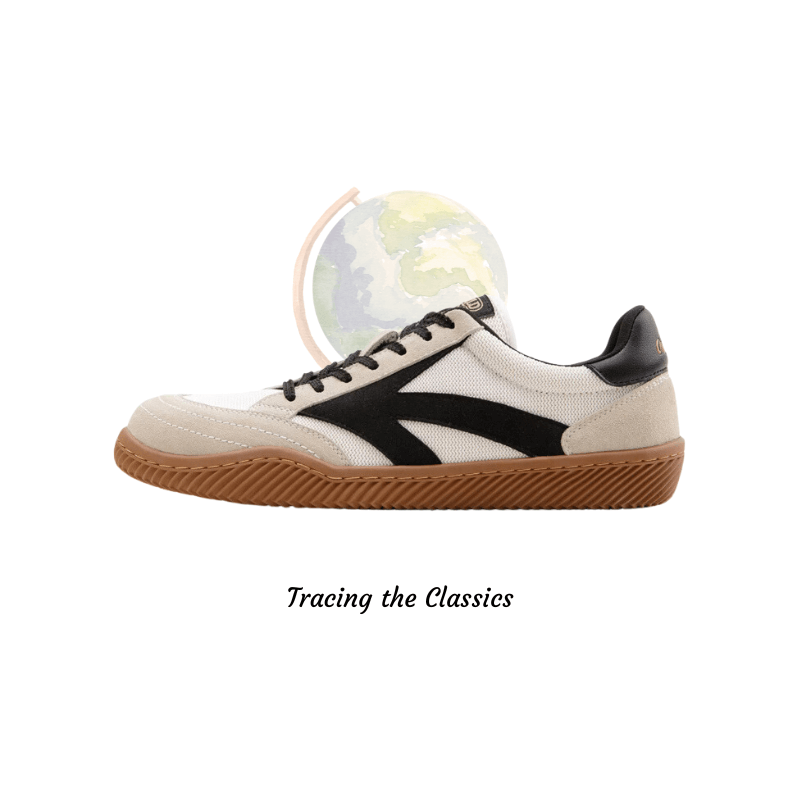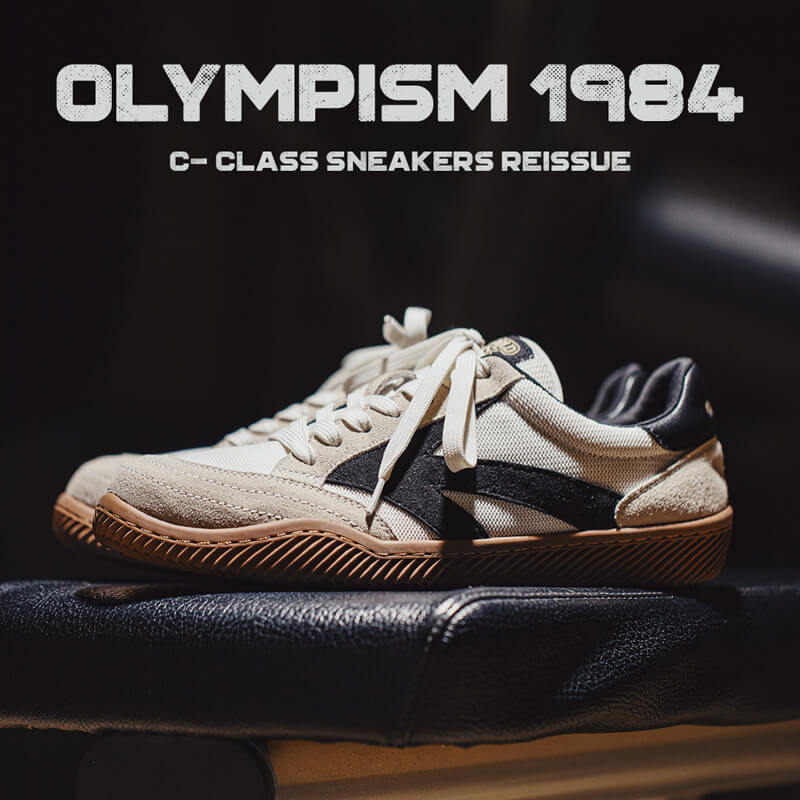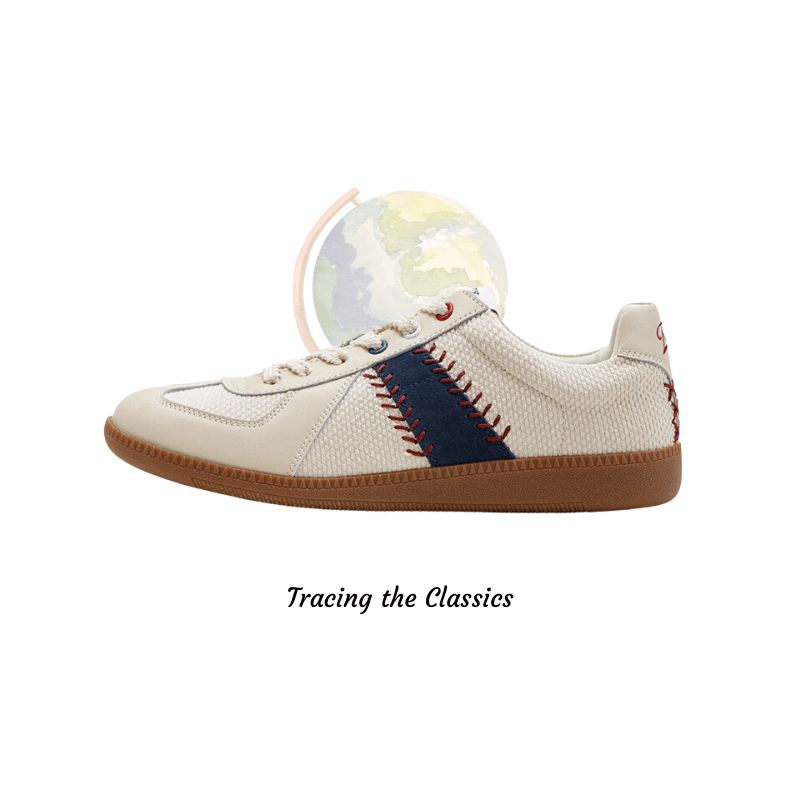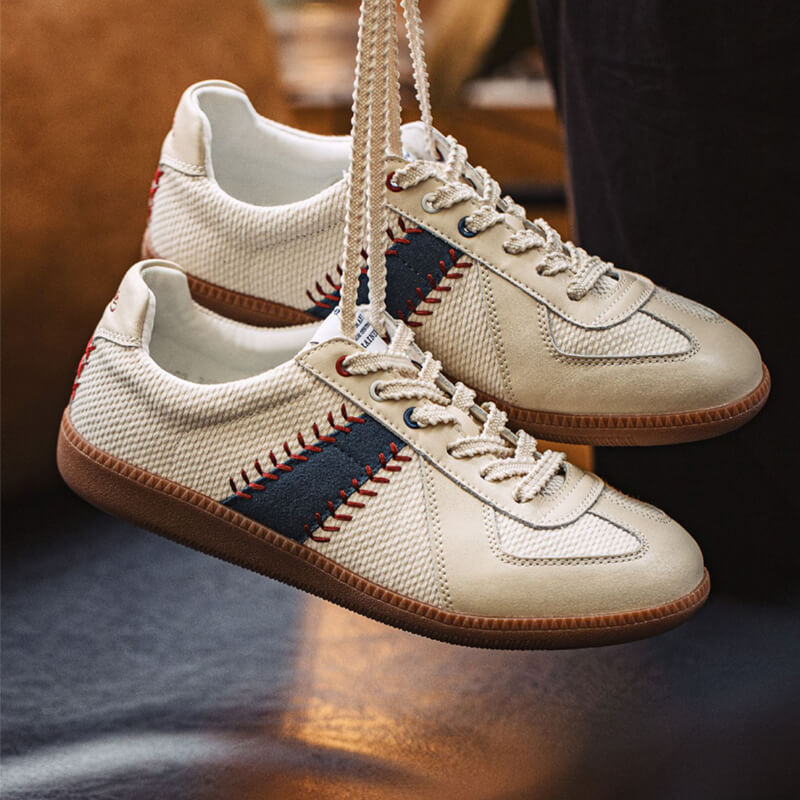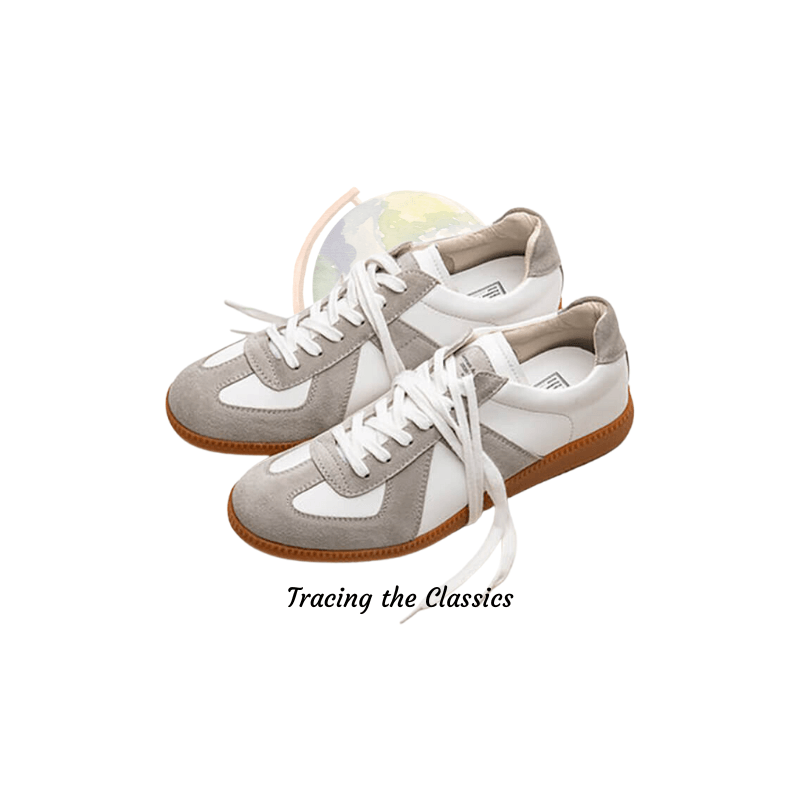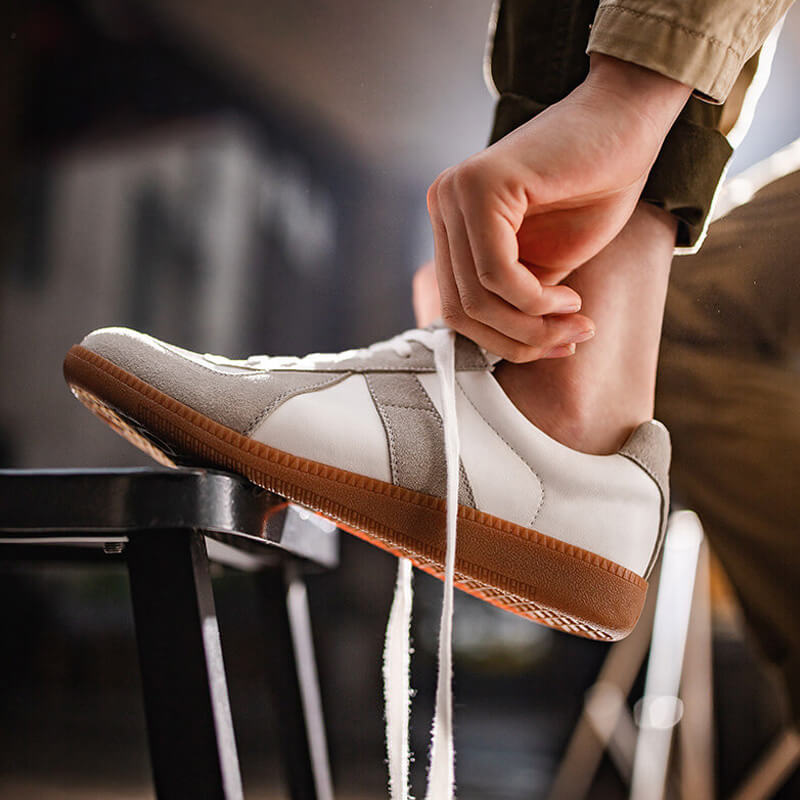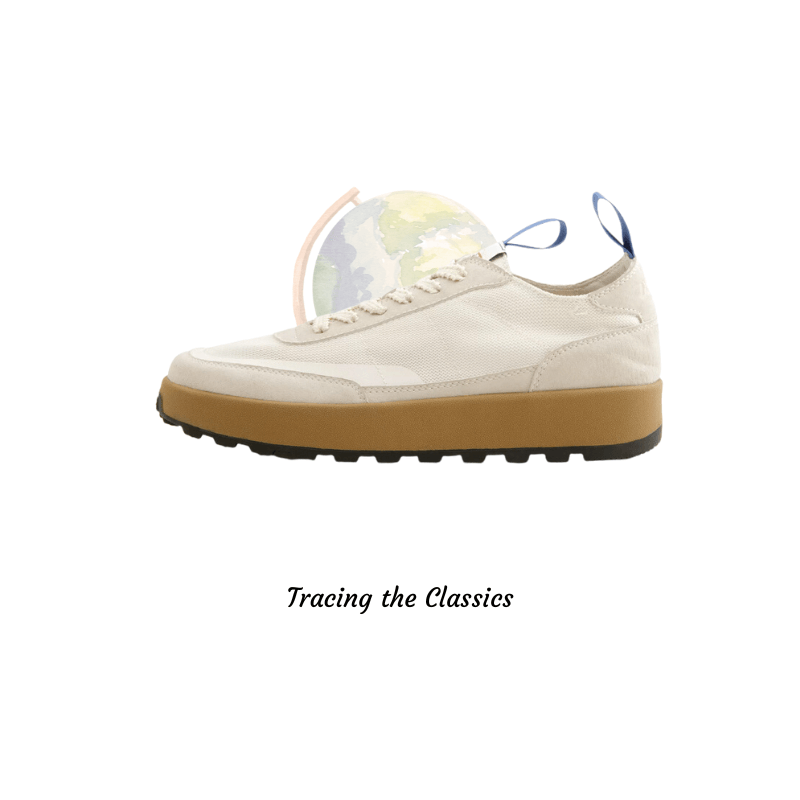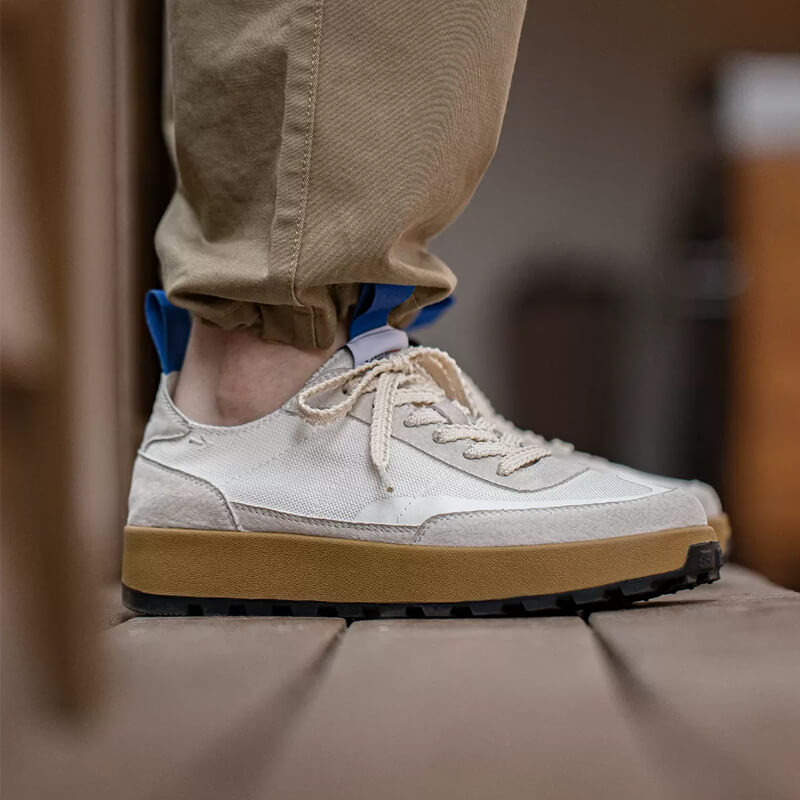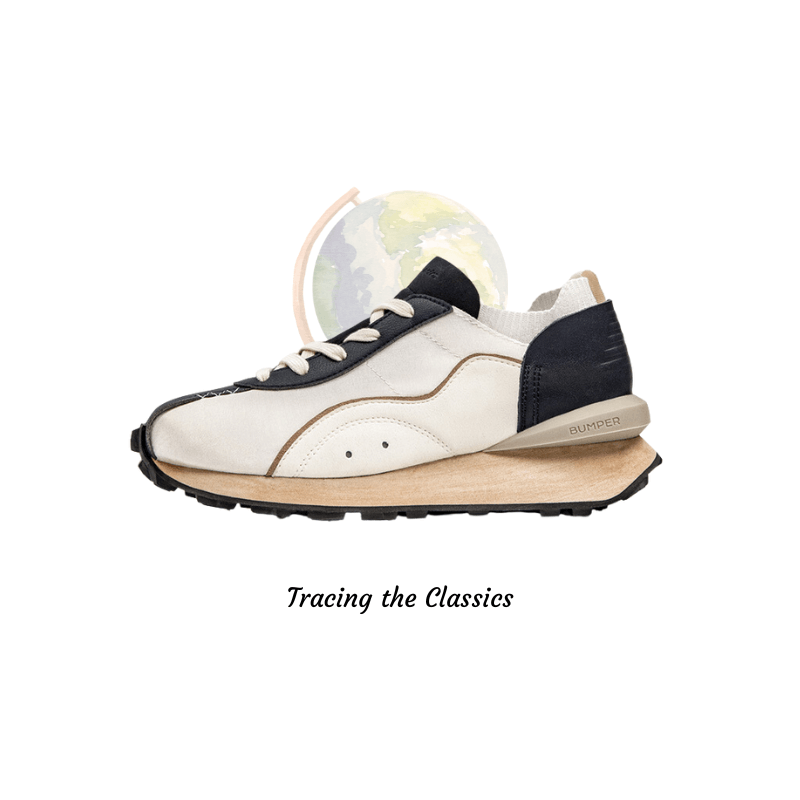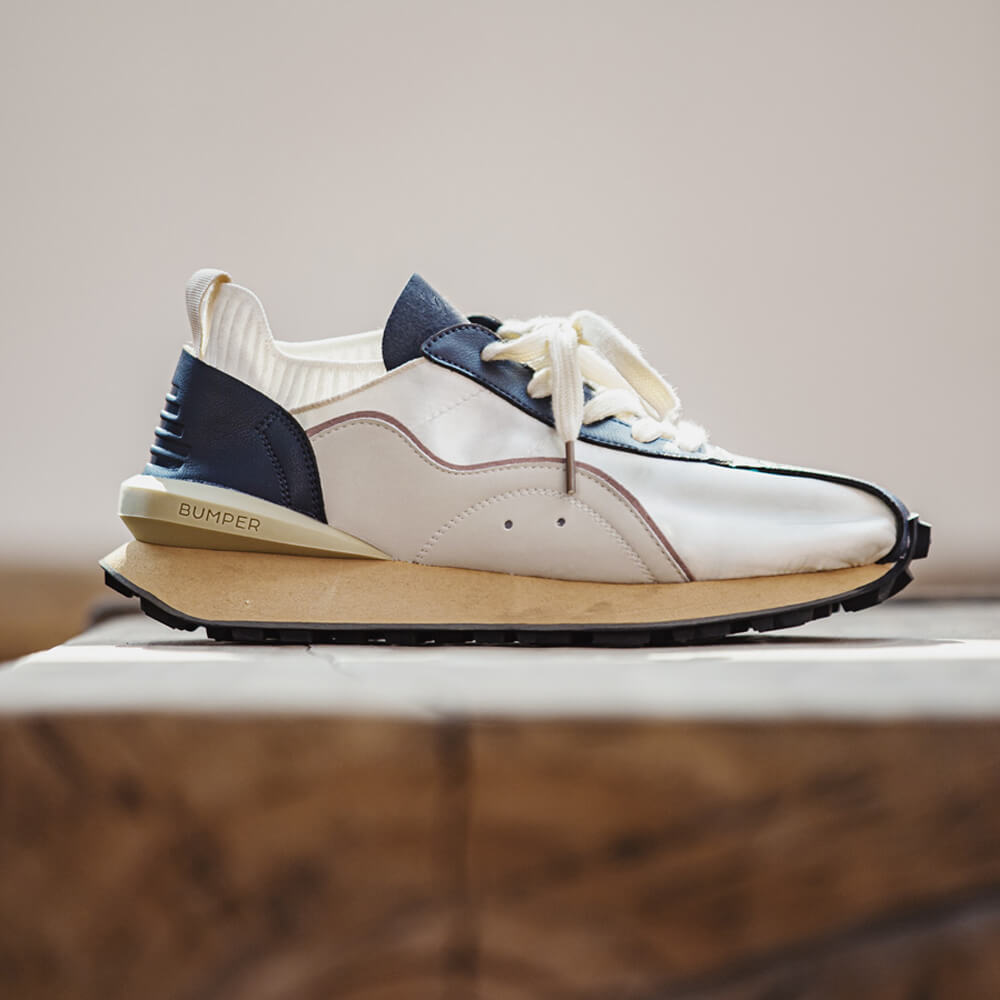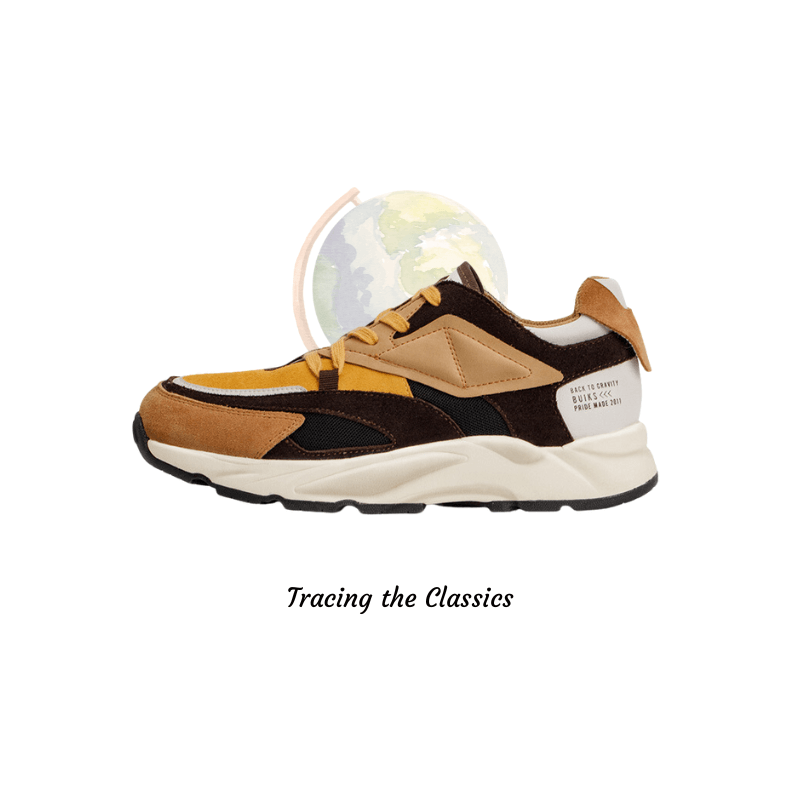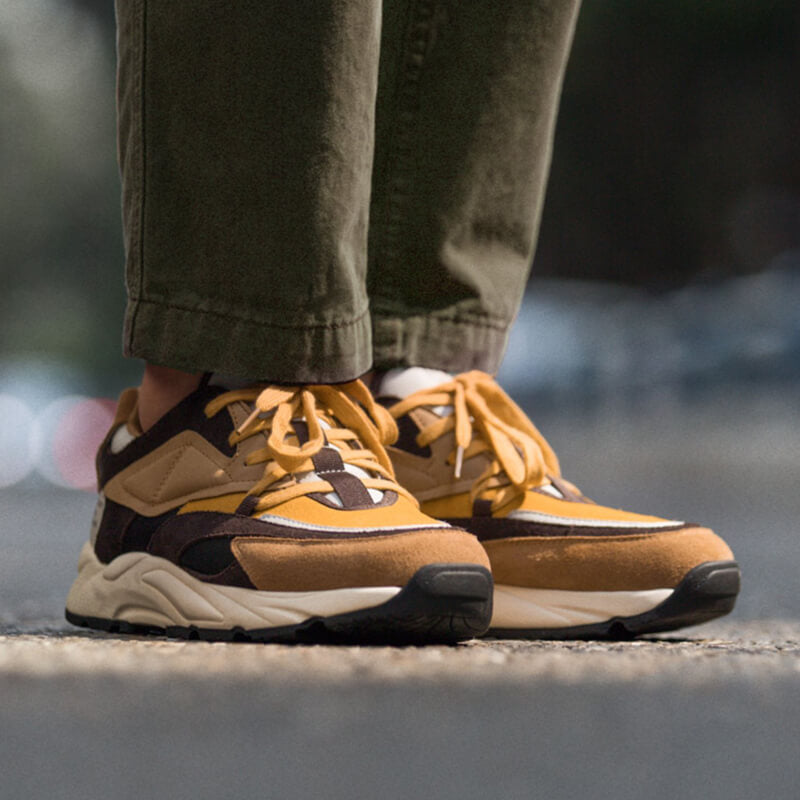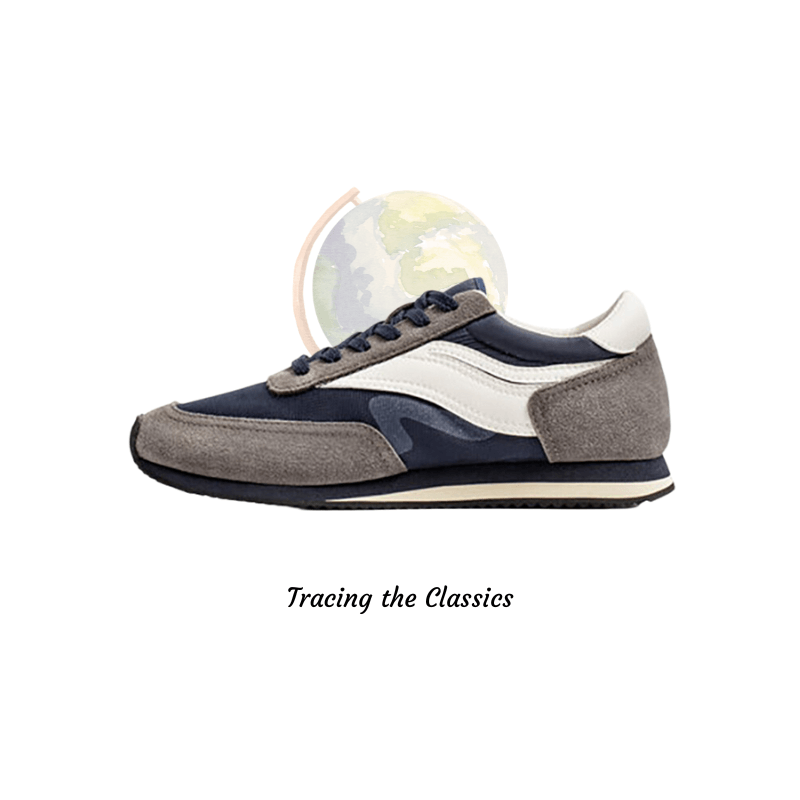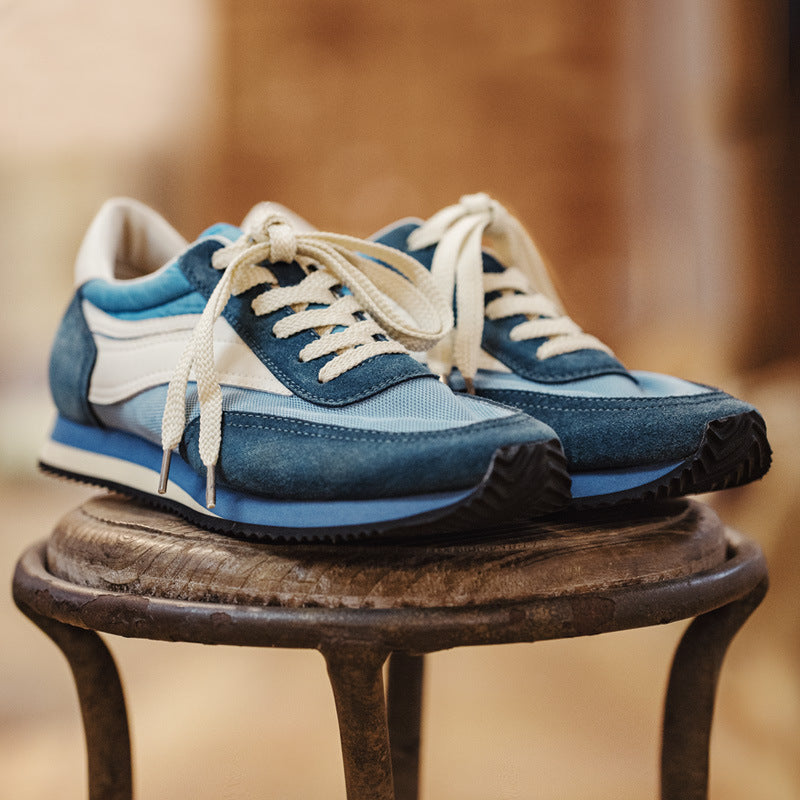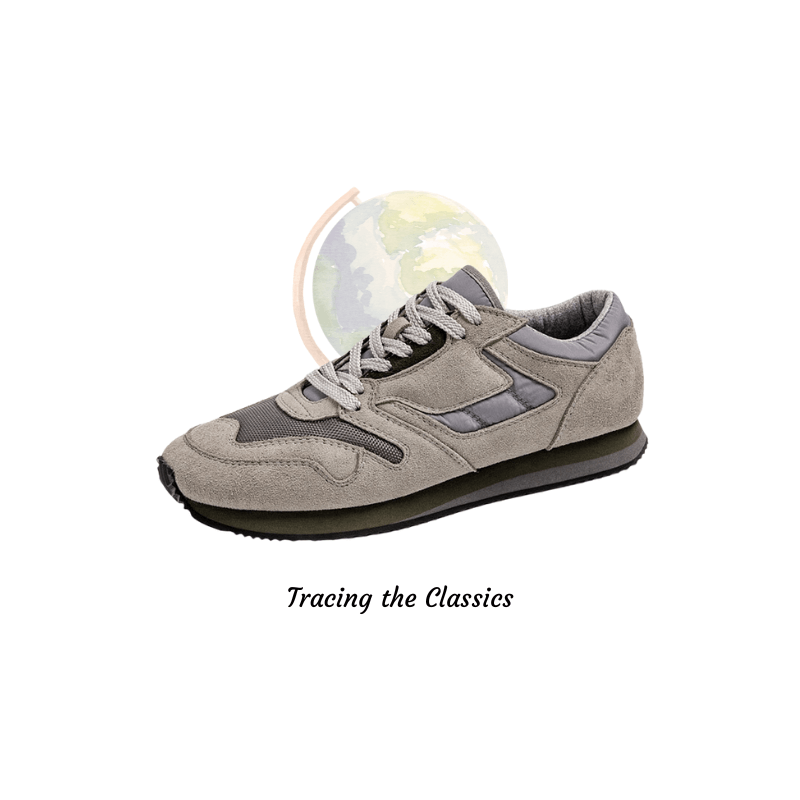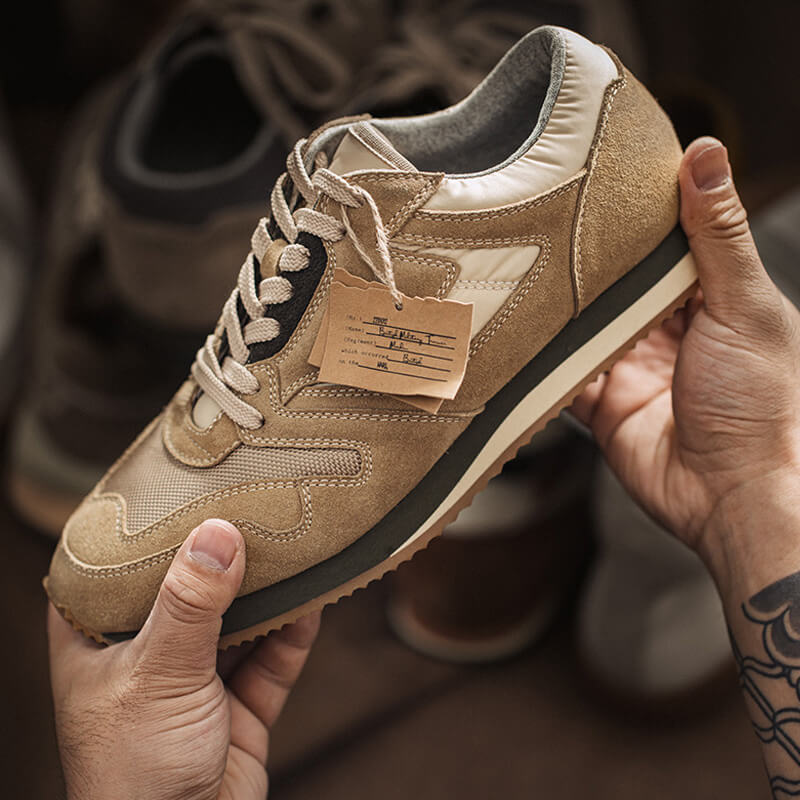Stitch Down, an ancient handmade shoe sewing method. It is another master craftsmanship among Hector Maden's many classic special-making methods. Complicated and primitive cumbersomeness is what makes a good pair of shoes.
It is said that Norwegian seams and Goodyear Welt were invented out of necessity. Well, the Stitch Down existed almost at the same time as the shoe. This kind of craftsmanship with veteran status is worthy of worship in itself, not to mention:
Good waterproof, Stitch Down, is a common craft for military boots and top outdoor shoes. The unique turning-out sewing method can keep rain and snow out of the shoes. Waterproof is the most important!
Strong firmness; sewn layer by layer, the shoe body structure is stronger.
Stitch Down is the most complex sewing method, all done by hand, and there are various ways of Stitch Down sewing. Hector Maden has been using one of the most sophisticated and functional of them all. All hand-sewn, needless to say, the difficulty is high, and its techniques are changeable, just like magic.
Keep the most original hook heart; in the history of shoemaking, the sole hook heart was first made of leather. Sufficient toughness and good elasticity. Hector Maden also only has this privilege with the Stitch Down sewing technique.

Stitch Down has been around for a long time. It does not meet the needs of primary shoemaking, and various methods have gradually emerged. The complexity of the improved process has also been increased. Most of them are used by outdoor brands with extremely high professional requirements.
Types of Stitch Down

The first step is to make shoes by hand. This is a key process. The shape and smoothness of the upper depend entirely on the strength of the upper and the slight adjustment of the details by the craftsman during the production process.
The second step, the hidden first suture. The leather upper strips are "grafted" with the upper and the midsole. It seems superfluous, but it is actually a very necessary reinforcement process;
The third step, the second suture. Only the forefoot part of the upper is turned outwards, and it is stitched with the turned-down upper and outsole, and the stitches go only in the middle of the shoe. Cut off the excess strips.
The fourth step, the third suture. The eversion upper is stitched to the outsole, and the third layer is fixed.
The fifth step is to place the hook heart. The most original leather hook core is used in the inner arch of the shoe, which is strong enough to support the pressure of the foot and maintain the shape of the shoe. Moderate elasticity, better cushioning.
The triple stitching is the most exciting part of Stitch Down. It looks like two stitches, but it is actually three strong! The mid-sole, upper, and out-sole are tightly stitched, which is more waterproof and durable.

One needle and one thread, one hammer and one knock, the handmade shoemaking skills have been passed down to this day. Today, when too many classic handcrafts are replaced by machines, we still decide to stick to handwork and finally be pure.
